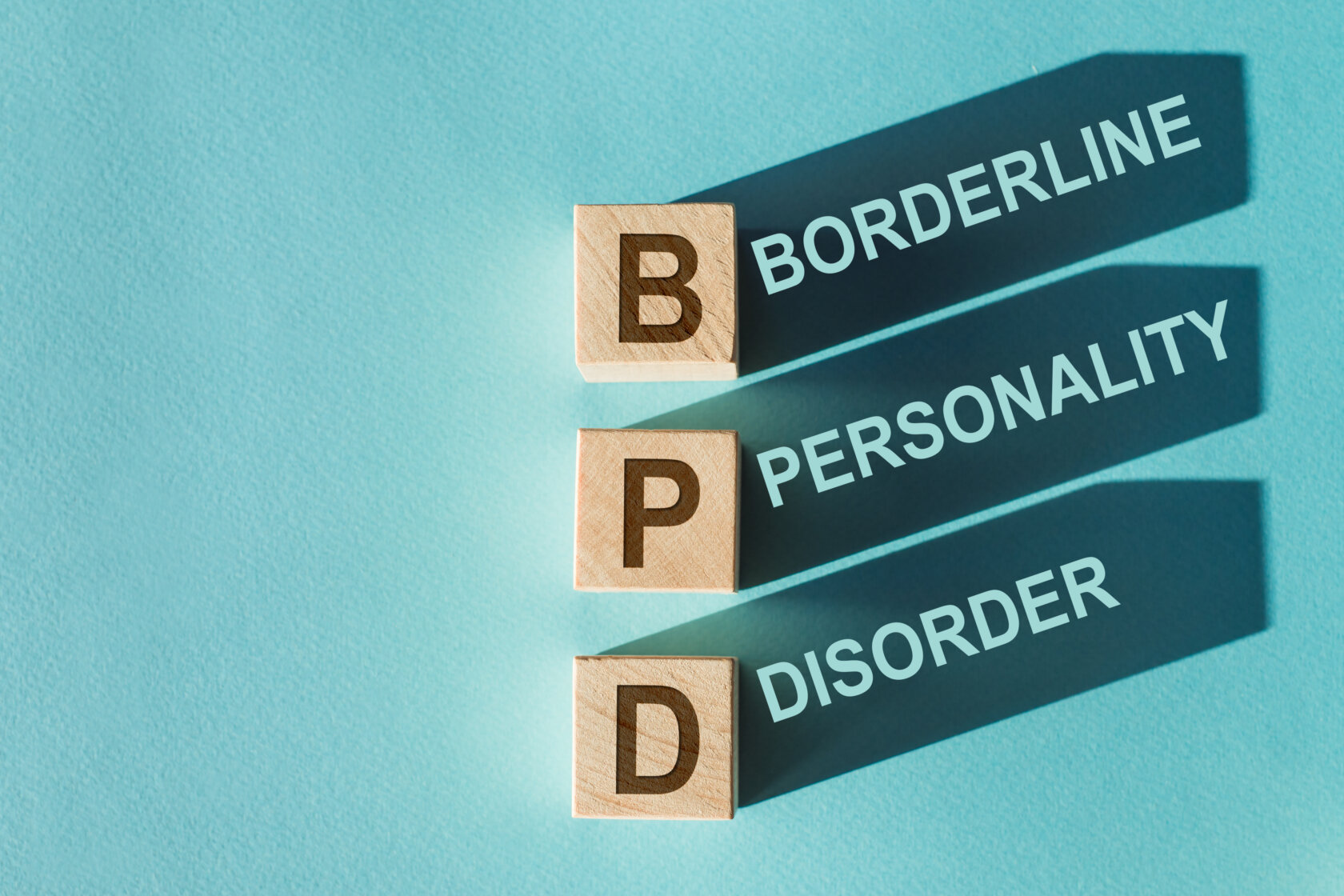Navigating relationships can be challenging. When Borderline Personality Disorder (BPD) is involved, it can seem even more complex.
BPD can significantly impact relationships. It can influence communication, trust, and emotional intimacy. Understanding these dynamics is crucial.
This article aims to shed light on BPD relationships. It provides insights into the challenges and strategies for maintaining healthy relationships. It also emphasizes the importance of establishing boundaries.
Whether you have BPD, are a loved one of someone with BPD, or a mental health professional, this guide is for you. By the end of this article, you’ll have a better understanding of BPD relationships. You’ll also learn how to navigate them with empathy, patience, and respect.
Understanding Borderline Personality Disorder (BPD)
Borderline Personality Disorder (BPD) is a mental health condition. It’s characterized by intense emotional reactions, unstable relationships, and a distorted self-image. Understanding BPD is the first step in navigating BPD relationships.
People with BPD often struggle with self-regulation. They may experience intense mood swings and impulsive behaviors. These symptoms can create challenges in relationships.
A key feature of BPD is fear of abandonment. This fear can lead to frantic efforts to avoid real or imagined separation. It can also cause strain in relationships.
Another common symptom is ‘splitting’. This is a tendency to view people or situations as all good or all bad. It can lead to unstable relationships and intense emotional reactions.
Understanding these symptoms can help in navigating BPD relationships. It can provide a framework for understanding the behaviors and reactions of a partner with BPD.
The Impact of BPD on Relationships
BPD can significantly impact relationships. The intense emotions and fear of abandonment can lead to a cycle of highs and lows. This can create instability and uncertainty.
The fear of abandonment can lead to clinginess or distancing behaviors. These behaviors can strain relationships. They can also create a self-fulfilling prophecy of abandonment.
‘Splitting’ can also impact relationships. It can lead to idealization and devaluation of the partner. This can create a roller-coaster of emotions for both partners, or parties as this can affect familial relationships as well.
Despite these challenges, BPD relationships can also be intense and passionate. Understanding BPD can help partners navigate these complexities. It can also help in building a supportive and understanding relationship.
Communication: The Key to Navigating BPD Relationships
Effective communication is crucial in BPD relationships. It helps in expressing needs, setting boundaries, and resolving conflicts. It also aids in understanding each other’s experiences and emotions.
Validation plays a significant role in communication. It involves acknowledging and accepting the other person’s feelings. This can help in reducing the intensity of emotions and conflicts.
Honesty and transparency are also important. They help in building trust and security in the relationship. They also aid in managing the fear of abandonment and rejection.
Establishing and Maintaining Healthy Boundaries
Healthy boundaries are vital in BPD relationships. They help in maintaining individual identities and managing emotional regulation. They also aid in preventing codependency and power imbalances.
Setting boundaries involves clear communication of needs and limits. It also requires mutual respect and understanding. This can help in reducing conflicts and fostering a sense of security.
However, establishing boundaries can be challenging. It may involve difficult conversations and potential conflicts. But it’s important to remember that boundaries are essential for the health of the relationship.
Here are some strategies for setting healthy boundaries:
- Be clear and specific about your needs and limits.
- Communicate your boundaries in a calm and respectful manner.
- Be consistent in maintaining your boundaries.
- Respect your loved one’s boundaries as well.
- Seek professional help if needed, to navigate this process.
The Role of Therapy and Counseling
Therapy and counseling play a crucial role in managing BPD relationships. They provide a safe space for individuals and couples to explore their feelings and behaviors. They also offer strategies for managing symptoms and improving communication.
Dialectical behavior therapy (DBT) is particularly beneficial for BPD. It helps individuals understand and manage their emotions. It also teaches skills for tolerating distress and improving interpersonal relationships.
Involving a mental health professional can be a sensitive topic. It’s important to approach it with care and understanding.

Dealing with Fear of Abandonment and Rejection
Fear of abandonment is a common symptom in BPD relationships. It can lead to intense reactions and behaviors. Understanding this fear is the first step towards managing it.
Rejection, real or perceived, can trigger intense emotions in individuals with BPD. It’s important to communicate openly about these feelings. Validation and reassurance can help alleviate these fears.
It’s not about eliminating fear. It’s about learning to manage it. This requires patience, empathy, and understanding from the individuals involved.
Strategies for Partners Supporting Each Other
Supporting a partner with BPD can be challenging. It requires understanding, patience, and effective communication. It’s essential to remember that you’re not alone on this journey.
One strategy is to educate yourself about BPD. This can help you understand your partner’s behavior and reaction. It can also help you communicate more effectively.
Another strategy is to seek professional help. Counselors and treatment centers can provide valuable tools and strategies. Having access to professionals to coach you in learning the skills to move forward together is critical in harvesting these important relationships.
Self-Care for Both Partners in a BPD Relationship
Self-care is vital in any relationship, but it’s especially important when one partner has BPD. It’s crucial to maintain your physical and mental health. This can help you stay resilient and supportive.
For the loved one with BPD, self-care might involve therapy, medication, or mindfulness practices. These can help manage symptoms and promote emotional stability.
For the other half involved, self-care can mean setting boundaries, seeking support, and taking time for personal interests. It’s important to remember that you can’t pour from an empty cup. Taking care of yourself allows you to better care for your partner.
Fostering Hope and Progress in BPD Relationships
Navigating a relationship with BPD can be challenging, but it’s not impossible. With understanding, patience, and the right strategies, you can foster a healthy and fulfilling relationship.
Remember, progress may be slow, but every step forward is a victory. Celebrate the small wins and keep hope alive for a brighter future. If you are in need of additional help, our team of talented professionals at Centered Health is available to help both adults and teens get the support they need to move forward with stronger relationships.
Beachside Teen Treatment Center in Malibu, CA
Hillcrest Adolescent Treatment Center in Agoura Hills, CA


